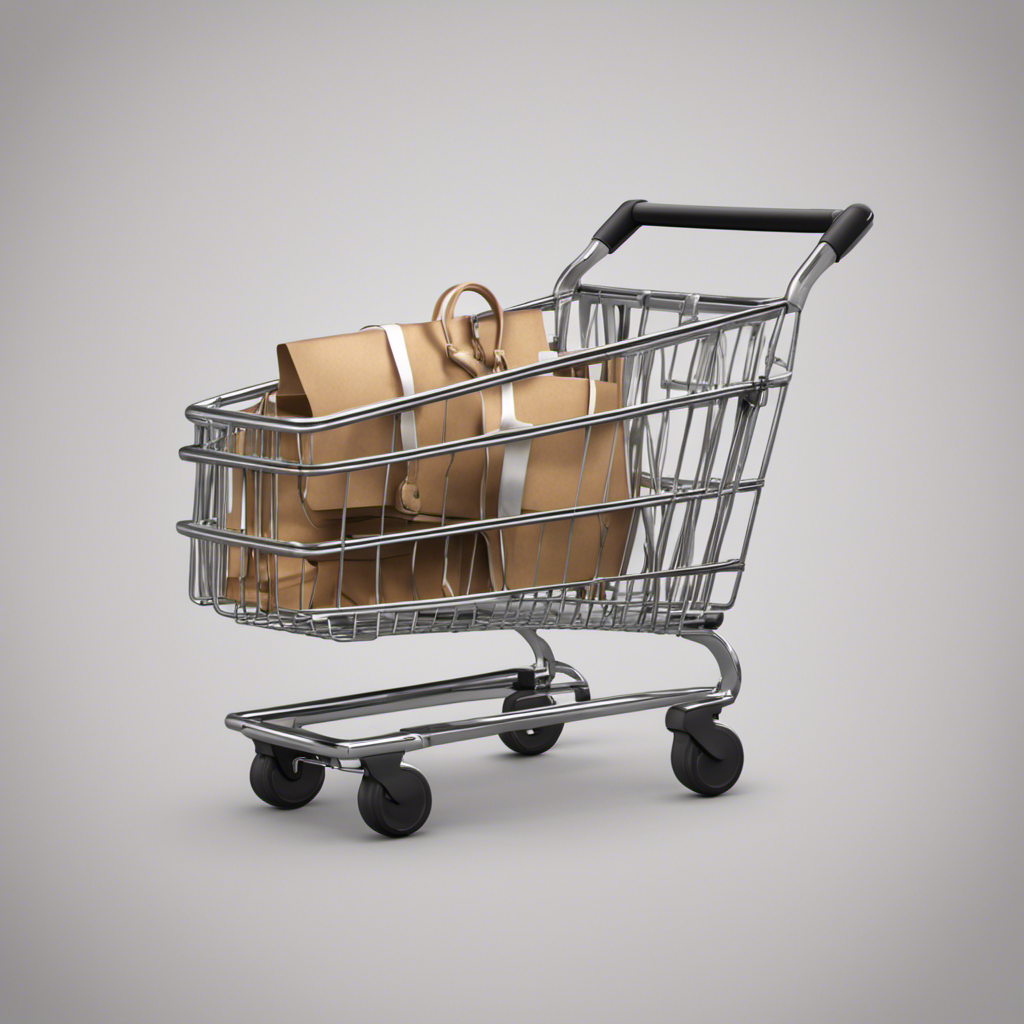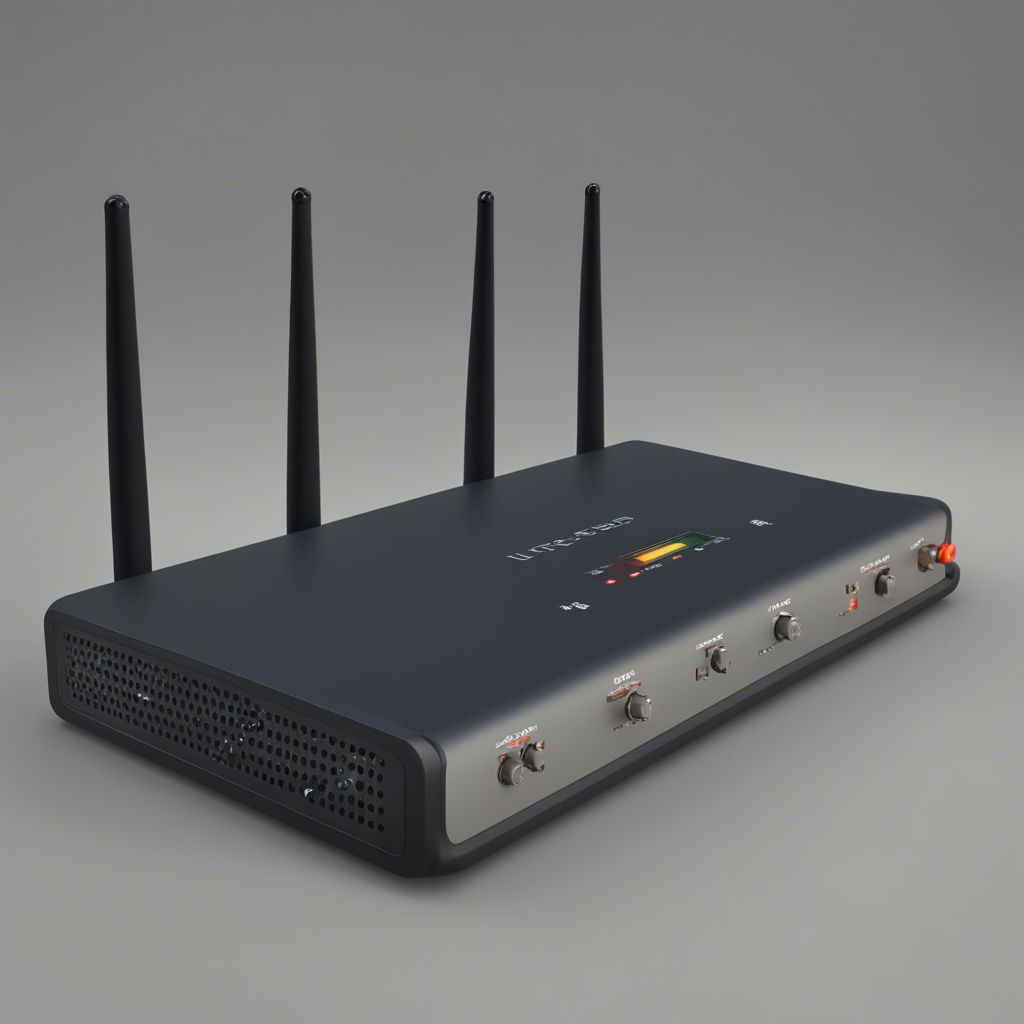
Online Shopping Safety: A Must-Read Guide
In today’s digital world, online shopping has become the norm for many consumers. With the convenience of shopping from the comfort of our own homes and the ability to compare prices and products at the click of a button, it’s no wonder why online shopping has gained popularity. However, with the rise in online shopping comes the need for online shopping safety. In this comprehensive guide, we will explore the potential risks associated with online shopping and provide you with valuable tips and strategies to ensure your online shopping experience is secure.
Understanding the Risks
Before we delve into the strategies to keep yourself safe while shopping online, it’s essential to understand the potential risks involved. Online shopping can leave you vulnerable to various threats such as:
-
Identity Theft: Hackers and cybercriminals can steal your personal information, such as credit card details and social security numbers, to commit fraud or sell your data on the dark web.
-
Fake Websites: Scammers create counterfeit websites that mimic legitimate online stores to deceive unsuspecting shoppers into providing their payment information or personal details.
-
Phishing Attacks: Phishing emails and messages can trick you into revealing sensitive information by posing as legitimate institutions or businesses.
-
Insecure Payment Systems: Unsecure payment gateways can compromise your financial information, making it accessible to unauthorized individuals.
Tips for Safe Online Shopping
Now that we are aware of the potential risks, let’s discuss some practical tips to keep you safe while shopping online.
1. Shop from Reputable Websites
Stick to reputable and well-known online stores that have a proven track record of secure transactions. Avoid shopping on lesser-known websites, especially if they lack customer reviews or secure payment options.
2. Look Out for Secure Connection
Before entering any personal or payment information, ensure the website uses a secure connection. Look for the padlock icon in the browser’s address bar or check if the website URL starts with “https” instead of “http.” The “s” stands for secure and indicates that the connection is encrypted, protecting your data from interception.
3. Use Strong and Unique Passwords
Create strong and unique passwords for each online store you frequent. A strong password should contain a combination of upper and lowercase letters, numbers, and symbols. Using a password manager can help you generate and remember complex passwords effortlessly.
4. Be Wary of Phishing Attempts
Beware of suspicious emails, messages, or pop-ups claiming to be from an online store or financial institution. Legitimate businesses will never ask for sensitive information via email. Avoid clicking on suspicious links, and always go directly to the retailer’s website by typing the URL into your browser.
5. Enable Two-Factor Authentication
Enable two-factor authentication (2FA) whenever available. 2FA provides an additional layer of security by requiring a second verification step, such as a unique code sent to your mobile device, to log in to your account.
6. Use Secure Payment Methods
Whenever possible, use secure payment methods such as credit cards or reputable payment gateways like PayPal. These methods offer additional protection and often have fraud prevention measures in place.
7. Keep Your Devices Updated
Regularly update your operating system, web browser, and antivirus software to ensure you have the latest security patches and protection against known vulnerabilities.
8. Check Seller Ratings and Reviews
Before making a purchase, especially from a lesser-known seller, check their ratings and reviews from previous customers. Genuine customer feedback can help determine the seller’s reliability and the quality of their products or services.
9. Be Cautious with Public Wi-Fi
Avoid entering personal or payment information while connected to public Wi-Fi networks. Public networks are more susceptible to interception, making it easier for cybercriminals to capture your data. If necessary, use a virtual private network (VPN) to encrypt your internet connection when shopping on public networks.
10. Monitor Your Financial Statements
Regularly review your credit card and bank statements to identify any suspicious or unauthorized transactions. If you spot any discrepancies, report them to your financial institution immediately.
Conclusion
While online shopping offers convenience and a wide array of products, it’s crucial to prioritize your online shopping safety. By following these tips and strategies, you can minimize the risks associated with online shopping and enjoy a secure and worry-free shopping experience. Stay vigilant, be cautious, and always prioritize your personal and financial security when shopping online.
Note: This blog post is intended as a general guide to online shopping safety. It’s always recommended to stay updated with the latest security practices and consult reliable sources for specific security concerns.






